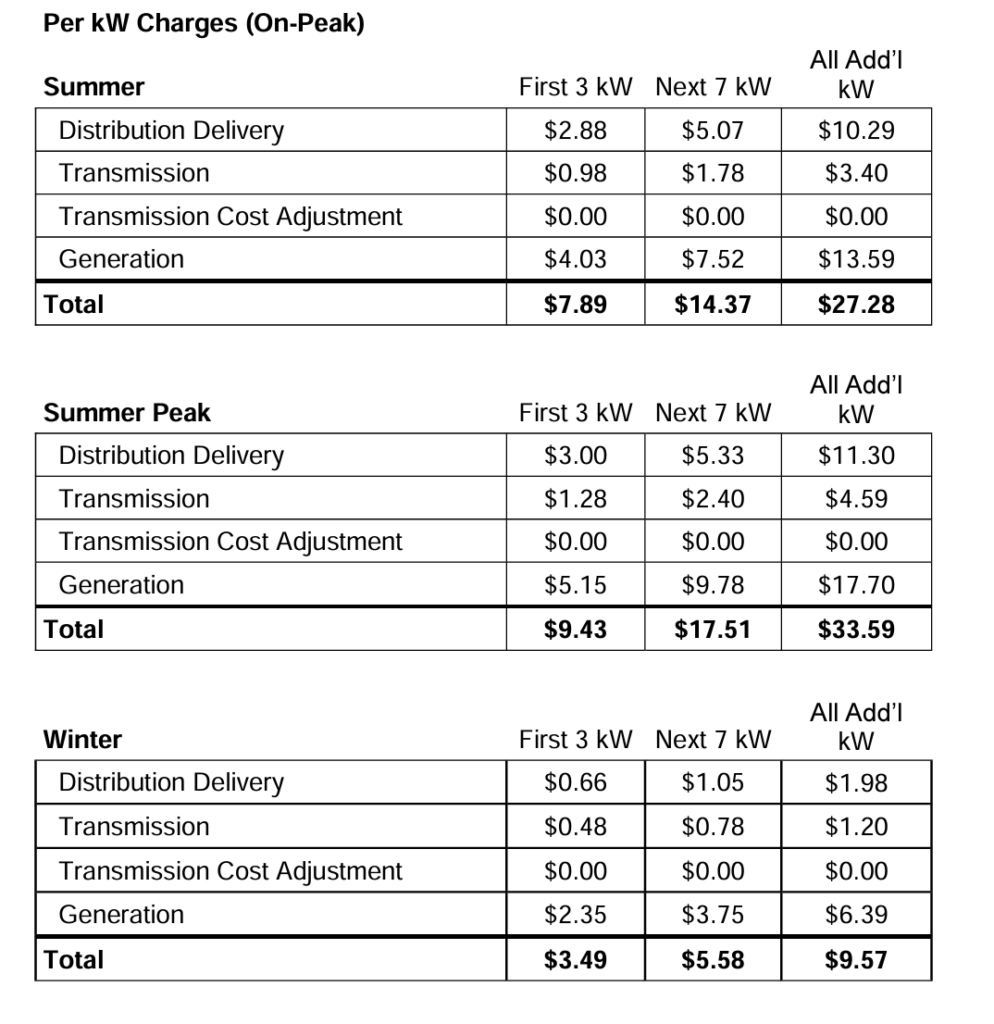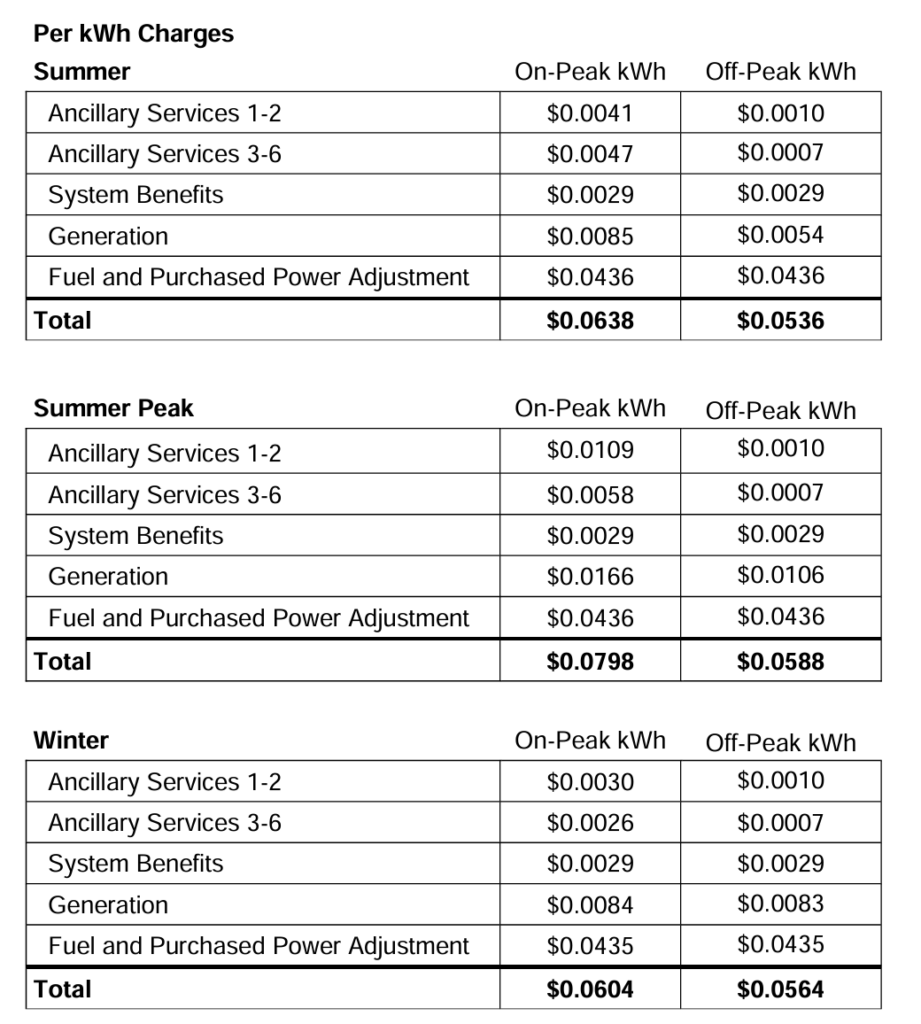Recently, I decided to embark on a DIY Powerwall project for my house. The first challenge I faced was determining the appropriate size for the system. Living in Arizona, where APS and SRP are the primary utilities, my goal was to eliminate or shift peak demand. Specifically, I aimed to build a battery that discharges between the peak hours of 2 PM to 8 PM and recharges at night when energy is less expensive.
Why Build a DIY Powerwall?
The primary reason for this project is that demand charges and peak energy costs are incredibly expensive. SRP’s peak demand charges are calculated by breaking down your entire month into 30-minute increments. They then determine the highest 30-minute increment of kW usage for that month and apply it to the chart below to determine your peak demand cost. This cost is a one-time charge applied to your monthly bill but can be significant.

In addition to peak demand costs, you still have to pay per kWh for on-peak and off-peak usage. Here is the breakdown of SRP’s E27 plan:


You can see the prices above are a lot cheaper than SRP’s traditional plan

- Winter 42% cheaper
- Summer 58% cheaper
- Summer peak 56% cheaper
Understanding the Costs
The prices on the E27 plan are significantly lower than SRP’s traditional plan. However, to achieve these savings, you need to shift your electricity usage to off-peak hours. If you don’t offset your 2 PM to 8 PM usage on this plan, you will incur substantial demand charges, which can easily exceed $1,000 in a single month. This highlights the importance of avoiding peak demand charges to benefit from cheaper electricity rates.
The Goal
Our objective is to eliminate electricity usage from 2 PM to 8 PM by discharging a battery and then recharging it at night. The next step is to determine how much energy I have historically used during these hours.
In part two of this article, I will share a Python program I wrote that analyzes all your SRP hourly data to recommend an appropriate battery size.
